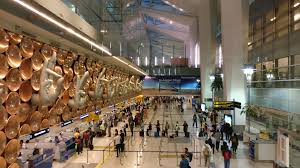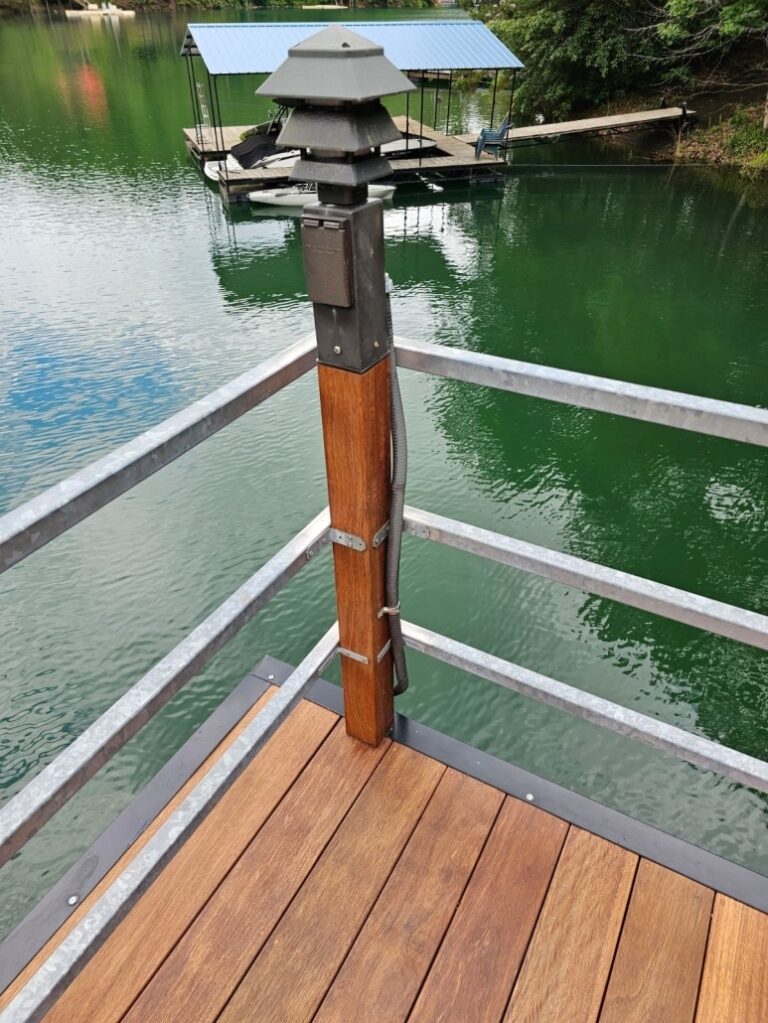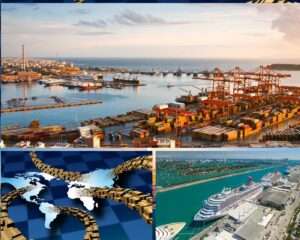Understanding Indian Transit: A Dynamic Transportation System
Indian transit is a vast and intricate network that connects millions of people across the country daily. With a blend of traditional and modern transportation modes, Indian transit plays a crucial role in the nation’s economic and social growth. Whether it is roadways,INDIAN TRANSIT VISA railways, airways, or waterways, India boasts one of the most extensive and diverse transit systems in the world.
Major Modes of Indian Transit
1. Road Transportation in Indian Transit
Road transportation forms the backbone of Indian transit, connecting urban and rural areas efficiently. With over 5.89 million kilometers of roadways, India has one of the largest road networks globally.
National Highways and Expressways
National highways and expressways are critical components of Indian transit. The Golden Quadrilateral and Bharatmala project have significantly improved connectivity between major cities.
State Highways and Rural Roads
State highways and rural roads are vital for connecting small towns and villages. Government initiatives like the Pradhan Mantri Gram Sadak Yojana (PMGSY) have enhanced rural connectivity.
2. Indian Railways: The Lifeline of Indian Transit
Indian Railways, one of the largest rail networks in the world, serves as a primary mode of transportation for millions of passengers daily.
Passenger and Freight Services
The rail network supports both passenger and freight transit. Trains like Rajdhani, Shatabdi, and Vande Bharat provide efficient travel options.
Metro and Local Rail Systems
Metro rail networks in cities like Delhi, Mumbai, Bangalore, and Kolkata offer rapid transit solutions, reducing congestion in urban areas.
3. Air Transport in Indian Transit
India’s aviation sector has seen tremendous growth in recent years, making air travel a preferred choice for long-distance transit.
Domestic and International Airports
India has over 130 operational airports, including major hubs like Indira Gandhi International Airport (Delhi) and Chhatrapati Shivaji Maharaj International Airport (Mumbai).
Low-Cost Carriers and Premium Airlines
Budget airlines like IndiGo, INDIAN BUSINESS VISA GUIDE SpiceJet, and GoAir have made air travel more accessible, while premium carriers like Air India provide luxurious options.
4. Waterways: The Forgotten Mode of Indian Transit
India’s inland and coastal waterways play a significant role in cargo and passenger movement.
Inland Water Transport (IWT)
Rivers like the Ganges, Brahmaputra, and Godavari serve as crucial waterways for freight transport.
Coastal Shipping and Ferry Services
Ferry services and coastal shipping along India’s vast coastline offer an eco-friendly transit alternative.
Challenges in Indian Transit
Despite advancements, Indian transit faces several challenges, including:
- Traffic congestion in metropolitan cities.
- Poor road conditions in remote areas.
- Overcrowding in trains and buses.
- Environmental concerns due to pollution from fossil fuel-powered vehicles.
Future of Indian Transit: Emerging Trends
Smart and Sustainable Transit Solutions
- Electrification of Transportation: Introduction of electric buses, trains, and vehicles to reduce carbon emissions.
- High-Speed Rail: The Mumbai-Ahmedabad bullet train project is a step towards modernizing Indian transit.
- Expansion of Metro Rail Networks: Several cities are expanding their metro services to enhance urban transit.
- Digitalization: Online ticket booking and GPS-enabled public transport improve user experience.
FAQs on Indian Transit
1. What are the main modes of Indian transit?
Indian transit comprises roadways, railways, airways, and waterways. Road and rail transport dominate domestic travel, while air and water transport are vital for long-distance and freight movement.
2. How is Indian transit evolving to meet modern demands?
Indian transit is evolving through metro expansions, high-speed rail projects, electric vehicle adoption, and digital integration to enhance efficiency and sustainability.










